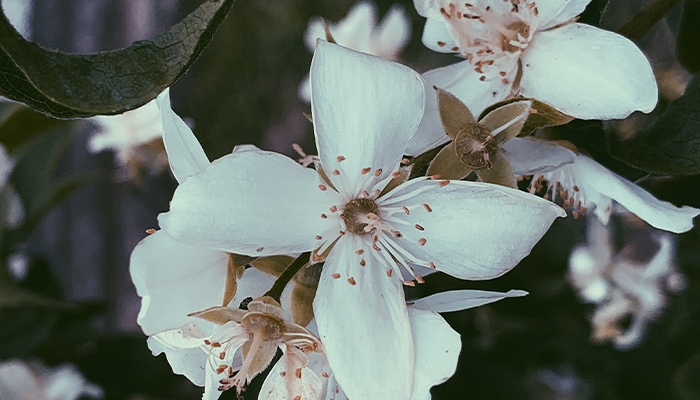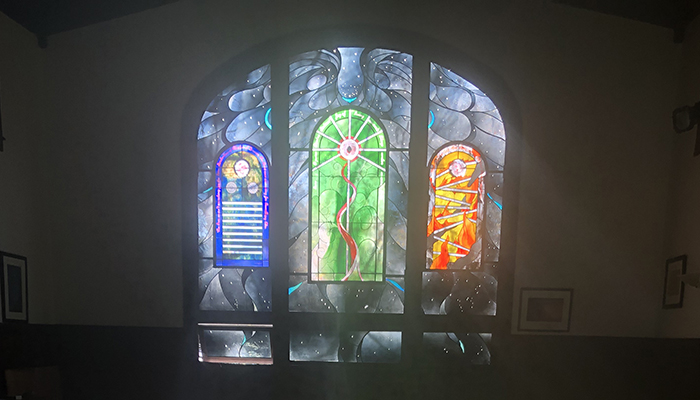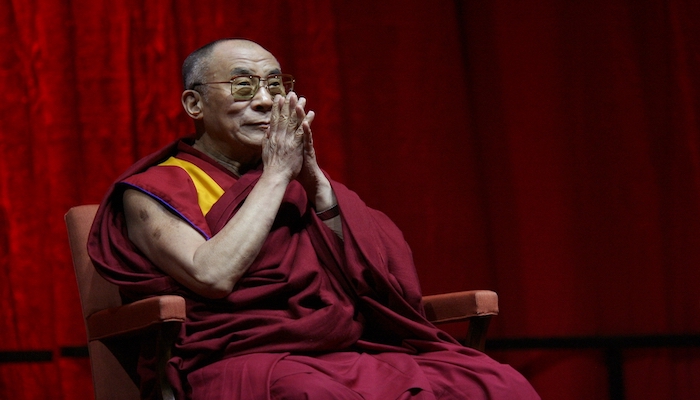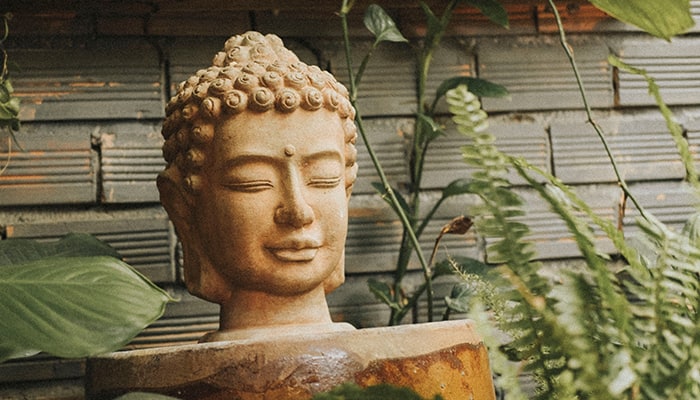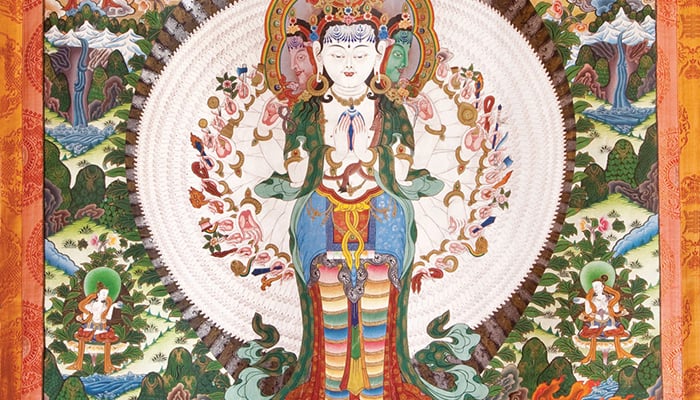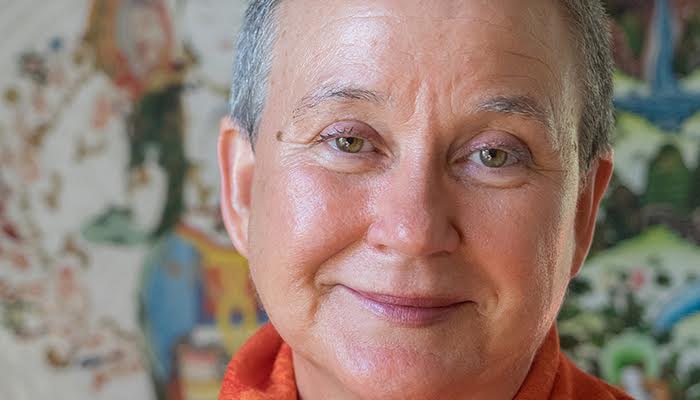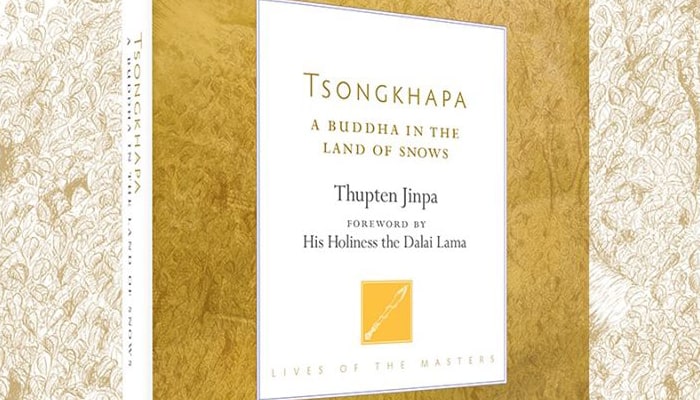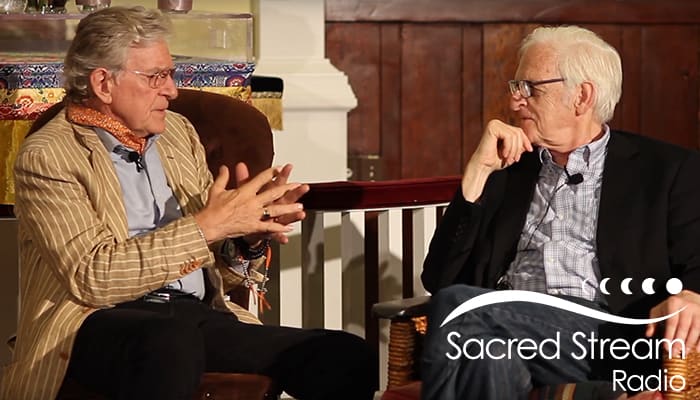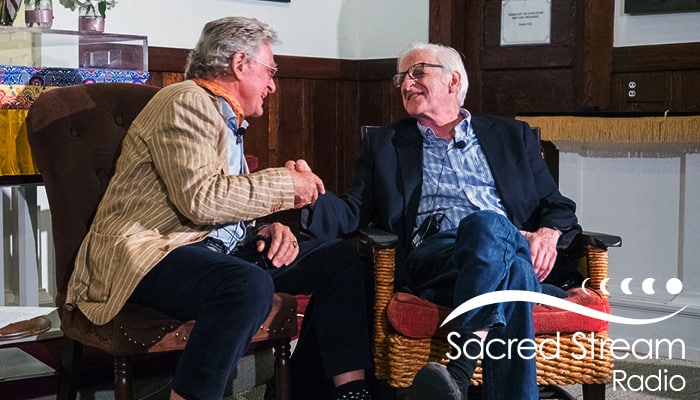Category: Buddhism
Article: The Unseen Teacher
By Isa Gucciardi, Ph.D.
Teaching and learning have never been separate for me. As a learner, I have always been keenly aware of the fact that I am being taught from within as I try to master a skill. I can feel the internal teaching change me in a different way than the external learning changes me. I remember being taught how to sight read as I was learning to play the piano. My piano teacher taught me the concept of matching the notes on the page with the notes on the keyboard, but when I read the notes on the page, I could feel an unseen teacher aligning me with the music. I was being taught how to play the piano, but I was also learning a new alignment to the world.
The experience of participating in learning in the external educational environment and receiving teaching from within simultaneously is a phenomenon that has revealed itself to me in different ways bit by bit over time. This experience has many facets to it, but it is always present in every teaching situation regardless of the subject being taught or whether or not I am ‘officially’ the teacher or the student.
Article: To Weave a New World: Shamanic and Tantric Practice
By Isa Gucciardi, Ph.D.
To enter the world of Tantra is to enter a world beyond the ordinary. Through a series of catalytic processes, the spiritual seeker is drawn along a path that promises nothing less than the revelation of the nature of reality. This is a promise that also lies at the heart of shamanic practice. Yet the ‘reality’ that reveals itself when the shamanic initiate steps beyond the threshold of ordinary awareness is conceived of differently than that of Tantra.
The reality that is the focus of Tantra lies in the understanding of the human mind. The reality that is understood through shamanic practice emerges through an intimate interface with the unseen powers of the natural world. These two realities are not exclusive from one another, but the thrust and focus of these two practices are at least initially different.
Both systems provide stages of development to educate the initiate as they deepen their understanding about the nature of reality. These stages of development constitute the heart of the practices. Let’s explore these wisdom traditions further and deepen our understanding of how these two paths cross and separate in the process of providing an education about the nature of reality.
Article: Addressing Self-Harm through Depth Hypnosis
By Joanna Foote Adler, PsyD, CHT
As a human beings, it is not uncommon to have experiences or feelings arise that we feel we cannot tolerate. Emotional pain can be incredibly hard to experience, and it is normal to reach for some way to cope in these kinds of situations. When a situation feels intolerably intense, people will naturally look for a way out of their suffering.
There are many ways to cope with suffering. They range from the most positive strategies, such as compassion, skillfulness, and love, to the quite negative, like self-blame, self-judgment, and self-harm. In these latter strategies people may mistakenly believe they are doing something about their experience by punishing or harming themselves. Perhaps they imagine that if they punish themselves enough, they will not continue to make choices that cause pain. Or perhaps they imagine that if they no longer exist in a body, they would be free of suffering. From a Buddhist point of view, this kind of thinking is seen as a fundamental misunderstanding, the kind of misunderstanding that actually leads to more harm and more pain, as negative coping strategies are piled on top of already existing suffering.
I would like to offer a few thoughts that may be able to help in these kinds of situations which ring true in the context of the spiritual counseling model of Depth Hypnosis.
Blog: Thoughts at the Spring Equinox
By Isa Gucciardi, Ph.D.
As I was untangling the new prayer flags to put up at the Sacred Stream Center for Losar, the Tibetan new year, I realized that the spring equinox this year falls right between the Tibetan new year in early March and the Khmer new year in mid-April.
Both of these celebrations were originally harvest celebrations in Tibet and Cambodia. They were also a time when people made offerings and affirmed their connections to the natural world and its cycles of time.
Within the rhythm of nature’s time, the spring equinox is the moment when the nights and the days are of equal length. It is a time when the sun rises directly due east and sets directly due west. It is the time of the year when the sun rises most quickly and sets most quickly.
Blog: Reflections on the Winter Solstice
By Isa Gucciardi, Ph.D.
As the nights have been growing longer as we approach the winter solstice, I have been reflecting on the relationship between light and darkness from a new perspective. We often think of light and dark as being opposite of one another. In some cases that is true. From one point of view, the light of day is the opposite of the dark of night. But from another vantage point, dark and light are moments of the same cycle of change. That cycle of change determines our experience of reality in utterly fundamental ways. The sun rising and setting is basic to our experience on earth. Yet, we don’t often think about the fact that the sun rising and setting dictates when and how we do almost everything we do. We may not often think about how our lives might be structured without this baseline rhythm the play of light and dark creates.
Podcast: Episode 70: Spring Washam: A Fierce Heart
On this episode, Spring Washam joins Laura Chandler to talk about her book, A Fierce Heart: Finding Strength, Courage, and Wisdom in Any Moment. Spring is the founder of the East Bay Meditation Center in Oakland, CA, and Lotus Vine Journeys, in Costa Rica.
Spring is focused on bringing mindfulness-based healing practices to diverse communities and she is a member of the teacher’s council at Spirit Rock Meditation Center in Northern California. Spring has practiced and studied Buddhist philosophy in both the Theravada and Tibetan schools of Buddhism for the last 20 years. In addition to being a teacher, she is also a shamanic practitioner and has studied indigenous healing practices for over a decade. To learn more about Spring, visit springwasham.com.
Article: Book Review: A Fearless Heart: How the Courage to Be Compassionate Can Transform Our Lives
By Barry Lipscomb
Reading A Fearless Heart was a very powerful, transformative, and healing experience for me personally. This was heightened by reading the book the same week I began the Sacred Stream’s Applied Buddhist Psychology 1: Entering the Stream class, and started practicing Shamata meditation. It seems my heart is breaking open and expanding in new directions, as if compassion and loving-kindness is the last frontier.
I find myself already genuinely wanting other beings to be free of suffering, spontaneously doing small acts of kindness with the recognition that, just like me, all beings want to be happy. By the middle of the week in which I was reading the book, I began a new practice of engaging someone from work each morning by text or Slack, to just say hello and ask how they are doing. It was only later in the week that I connected this new practice to my reading of Jinpa, and my morning Shamata meditation.
Blog: His Holiness, the Fourteenth Dalai Lama
By Isa Gucciardi, Ph.D.
“We all share an identical need for love, and on the basis of this commonality, it is possible to feel that anybody we meet, in whatever circumstances, is a brother or sister. No matter how new the face or how different the dress or behavior, there is no significant division between us and other people. It is foolish to dwell on external differences because our basic natures are the same.”
-The Dalai Lama
His Holiness, the Fourteenth Dalai Lama, is a role model of compassion and courage for millions of people around the world. He has, almost single-handedly, stared down the Chinese government as it has dismantled Tibet and turned it into a Chinese fiefdom. He has done this without ever uttering an unkind word as he has watched thousands of his countrymen and women die at their hands.
His Holiness, the Fourteenth Dalai Lama was born in 1935 in Amdo, Tibet. His birth name was Lhamo Thondup. When he was two, he was recognized through a series of signs as the fourteenth incarnation of the Dalai Lama. He was sent to a monastery where he studied Buddhist philosophy.
In 1958 and 1959, as he was taking his final examinations, the Chinese, who had been in Tibet for several years, overran the country. His Holiness barely escaped. Thousands of other Tibetans were not so lucky. The Chinese killed and tortured thousands of Tibetans and destroyed many of the monasteries that had housed the ancient wisdom of Tibet and Buddhism for centuries. The losses of the Tibetan people were overwhelming.
Video: Wise Action: Spiritual Emergency and Buddhist Practice with Isa Gucciardi
In this talk with the San Francisco Dharma Collective, Isa Gucciardi explores the phenomenon of Spiritual Emergency and learn how to recognize it. She explains how various Buddhist practices can help bring balance for people who are trying to integrate this experience, both within themselves and for those around them.
Video: Wise Action: Isa Gucciardi on Understanding Why and How We Practice
In this talk with the San Francisco Dharma Collective, Isa Gucciardi takes us on a guided tour of samsara with an exploration of the Six Lokas. These are states of mind that characterize the experience of samsara, the realm of suffering we are all trying to better understand. Hopefully, this up close look at these states of mind will help you understand exactly WHY you might want to start a meditation practice or deepen your overall spiritual practice during these times. We will then look at the HOW. We will explore tips on how to work with our practice to deal with the difficult emotional states we can find ourselves plunged into as we try to navigate the complexity of these times.
Video: Isa Gucciardi, Ph.D.: Reading Thangkas: Avaloketishavara and the Images of Compassion
Thankgas are paintings on fabric that often depict meditational deities or subjects. Popular throughout the Himalayas for centuries, they have provided a teaching and practice tool to help students deepen their understanding of a particular deity or subject. There are many images of Avaloketishavara or Chenrezig as they are known in Tibetan.
In this talk with the San Francisco Dharma Collective, Isa Gucciardi explores these images of compassion and the wisdom of the deities depicted therein.
Listen: The Doorway Between the Worlds: Medium and Oracle Traditions in Shamanic and Buddhist Traditions
Shamanism is a form of spiritual practice based in earth-wisdom traditions whose practices rely heavily on the practitioner’s capacity to form oracle relationships with the unseen powers of nature. The Mahayana Buddhist tradition also contains oracle systems that have guided the course of the tradition and have even helped with the establishment of new schools of thought. In this talk presented by East West Bookshop, Isa describes the experience of the altered state of awareness that is common to both Shamanic and Buddhist oracle traditions.
Video: Isa Gucciardi, Ph.D.: Tsongkhapa: A Buddha in the Land of Snows
We are lucky to be living in a time where we have so many erudite scholars to help guide the course of Buddhist thought. Principal among them are His Holiness, the Dalai Lama and his main English language interpreter and translator, Dr. Thupten Jinpa. Jinpa has recently written a book about perhaps one of the greatest scholars in Tibetan Buddhism, Je Tsongkhapa. Tsongkhapa lived in the late 1300s and inspired a renaissance in Tibetan Buddhist thought, founded the Great Prayer Festival and established the Gaden Shartse monastery.
In this talk with the San Francisco Dharma Collective, Isa Gucciardi explores Jinpa’s new book, Tsongkhapa: A Buddha in the Land of Snows, which so skillfully brings Tsongkhapa to life. The book offers a unique lens on Tsonkhapa’s relationship to Manjushri, the Buddha of wisdom, which is the focus of this talk and meditation.
Podcast: Episode 61: Matthew Fox and Robert Thurman: Cultivating Peace in Difficult Times: Part 3
On this episode, we reach back into the archives for part three of this historic talk between Buddhist scholar Robert Thurman and Christian theologian Rev. Matthew Fox. In this final installment, Bob and Matthew discuss the men and women who inspire them, including the Dalai Lama, Gandhi, Meister Eckhart, and Hildegard of Bingen. They offer insight into creating more compassion in our lives and hope for cultivating a more compassionate world. Isa Gucciardi moderates this talk that took place at the Sacred Stream Center in 2017.
Podcast: Episode 60: Matthew Fox and Robert Thurman: Cultivating Peace in Difficult Times: Part 2
On this episode, we return to the archives to bring you part two of this historic conversation between Christian theologian Rev. Matthew Fox and Buddhist scholar Robert Thurman. In this talk, moderated by Isa Gucciardi, Bob and Matt offer thoughtful and sometimes humorous ideas about how we can cultivate peace individually and collectively. They talk about what led them to their respective spiritual paths and how they have navigated obstacles along the way.




